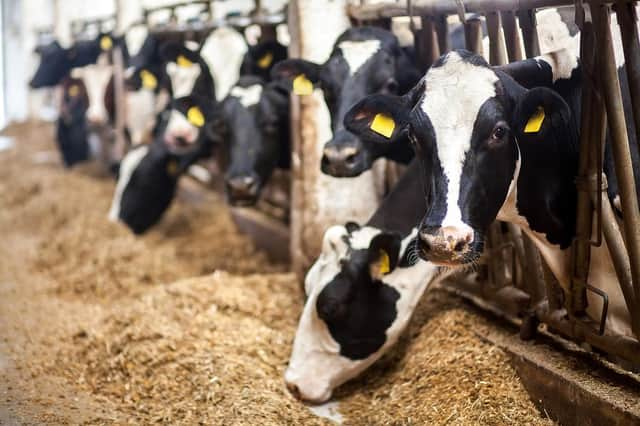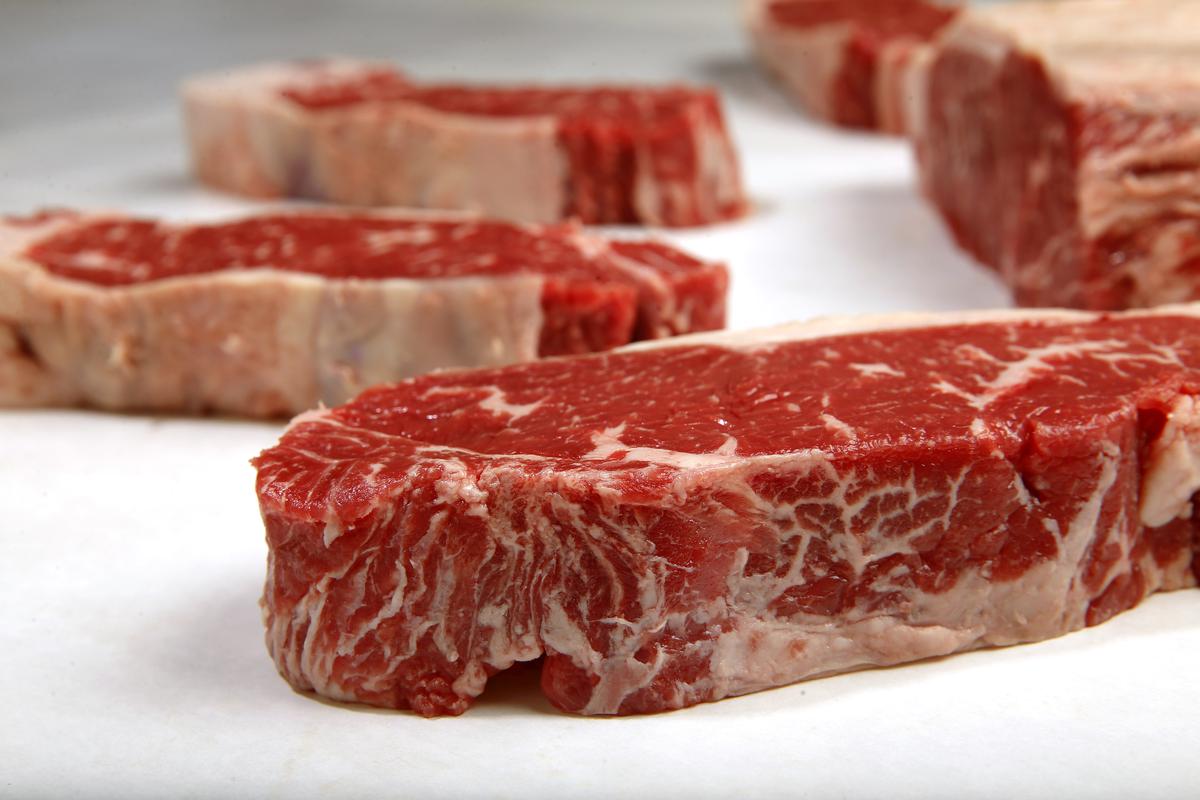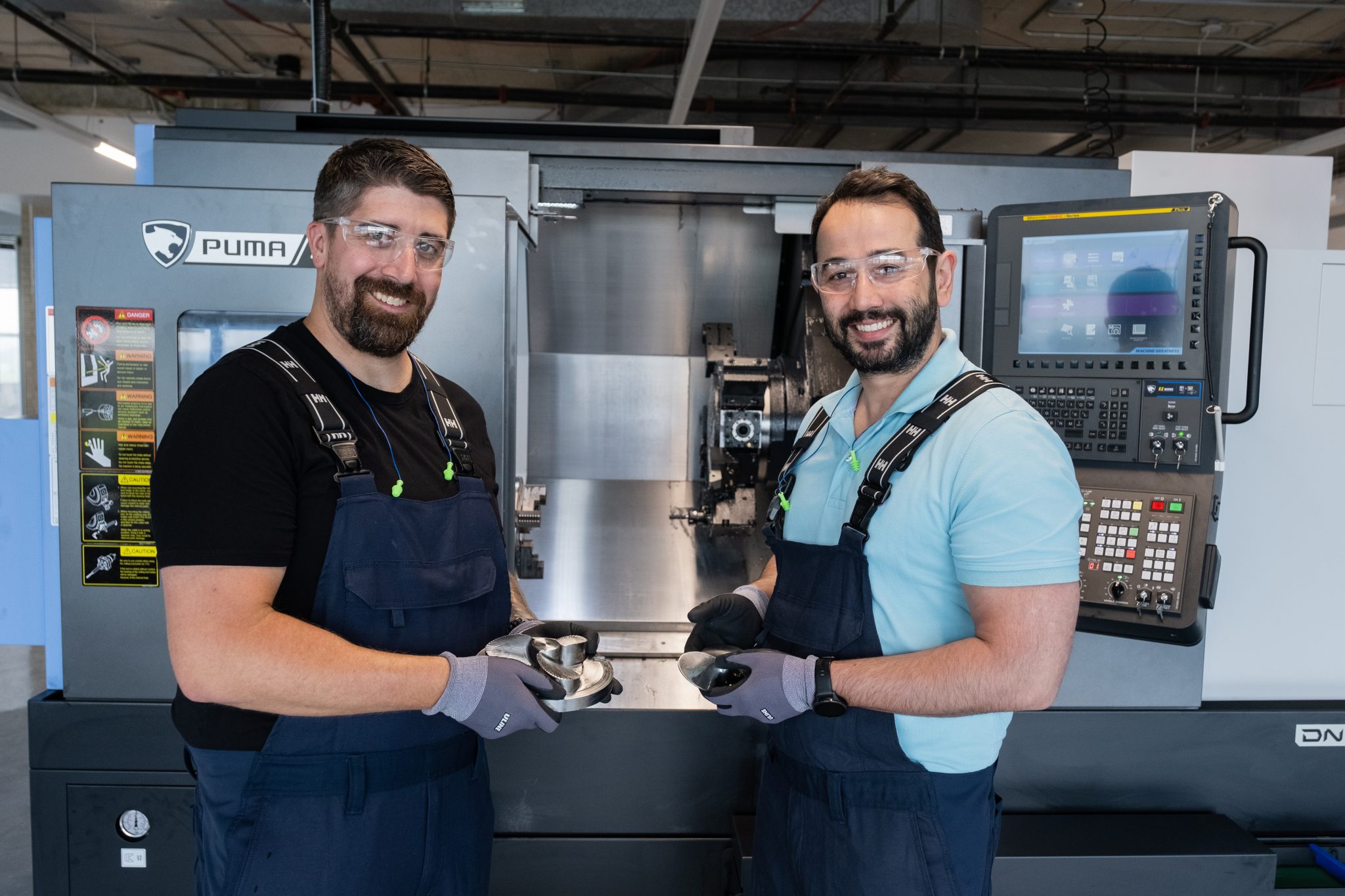By Casey Crownhartarchive page
Cultivated meat is coming to the US. Whether it’ll clean up emissions from food is complicated.
Soon, the menu in your favorite burger joint could include not only options made with meat, mushrooms, and black beans but also patties packed with lab-grown animal cells.
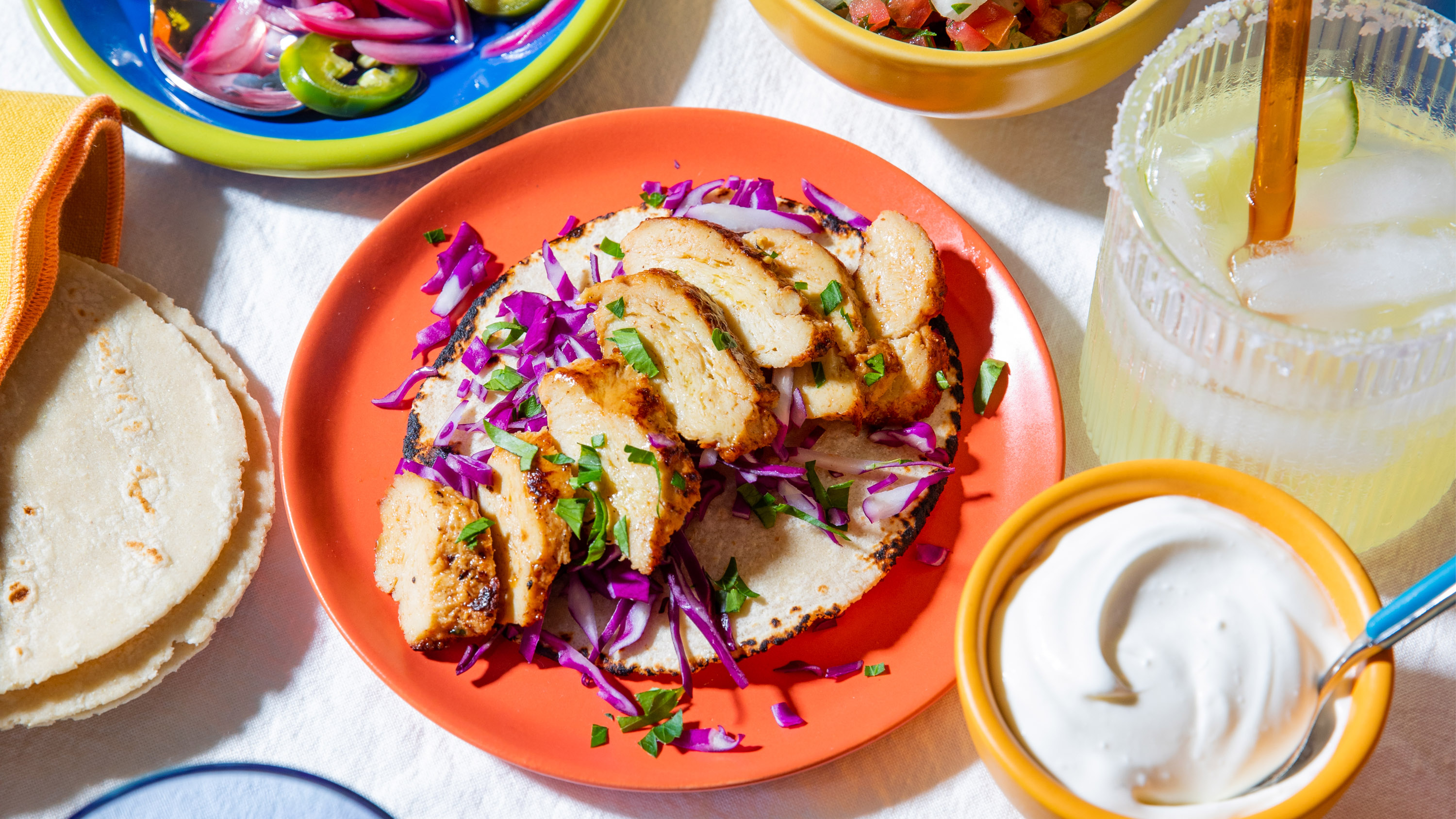
Not only did the US just approve the sale of cultivated meat for the first time, but the industry, made up of over 150 companies, is raising billions of dollars to bring products to restaurants and grocery stores.
In theory, that should be a big win for the climate.
One of the major drivers for businesses focusing on cultivated (or lab-grown, or cultured) meat is its potential for cleaning up the climate impact of our current food system. Greenhouse-gas emissions from the animals we eat (mostly cows) account for nearly 15% of the global total, a fraction that’s expected to increase in the coming decades.
But whether cultivated meat is better for the environment is still not entirely clear.
That’s because there are still many unknowns around how production will work at commercial scales. Many of the startups are just now planning the move from research labs to bigger facilities to start producing food that real, paying customers will finally get to eat.
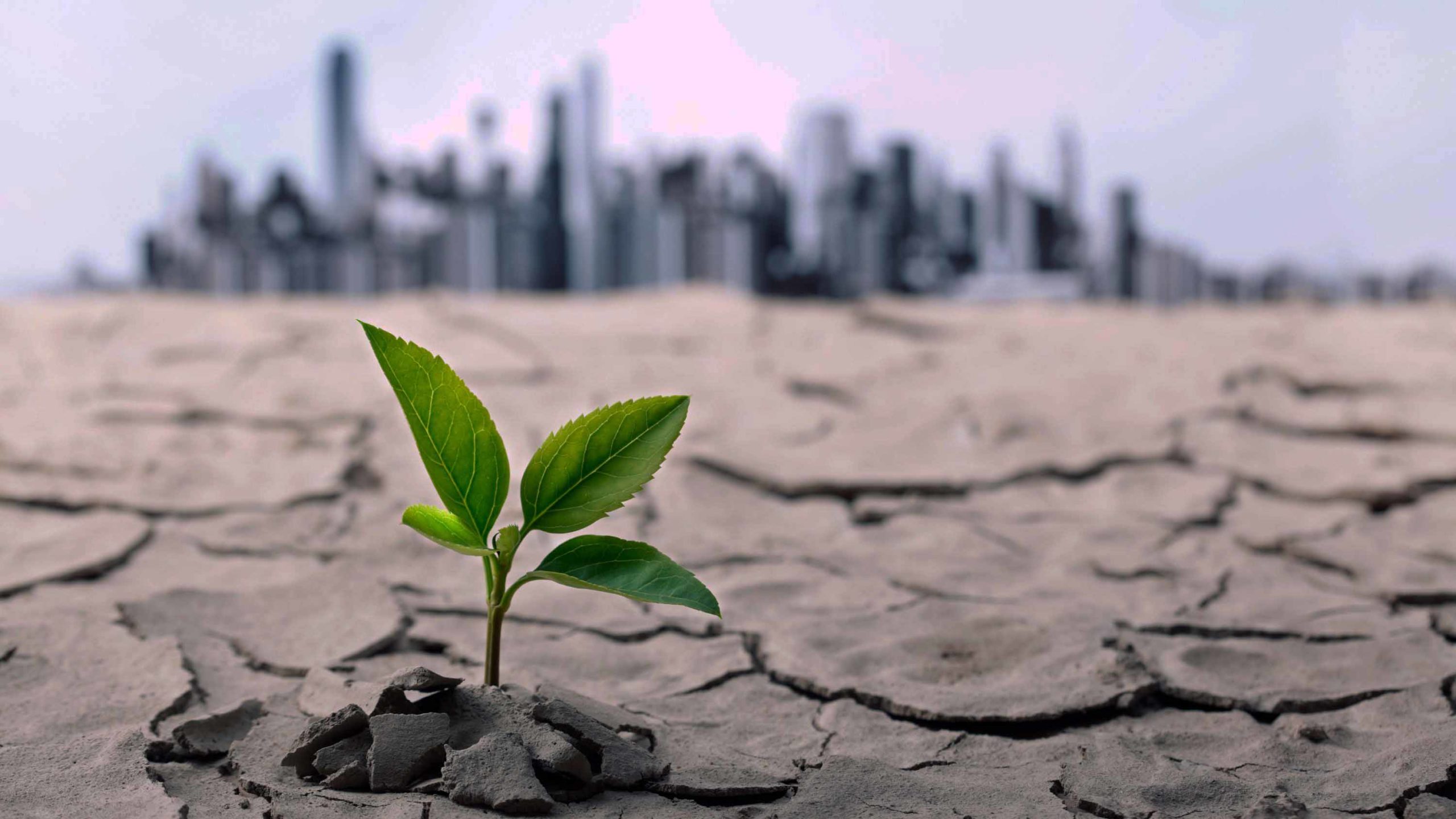
Exactly how this shift happens will not only determine whether these new food options will be cheap enough to make it into people’s carts. It may also decide whether cultivated meat can ever deliver on its big climate promises.
** Click here to read the full-text **







